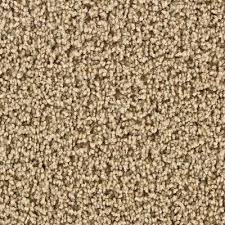Rated from 1 to 5, the scale represents the carpeting’s ability to withstand extended wear. This is on the label of every residential carpet style, you’ll find an easy-to-find, easy-to-understand Performance Rating. A perfect rating of 5 means that after rigorous, industry-standard testing, the carpeting maintained the appearance of brand new carpet.
A rating of 4.0 or above is considered outstanding. These carpets are recommended for heavy traffic locations, including family rooms and children’s areas.
A rating of 2.5 to 4.0 is predicted to provide normal durability. These carpets can be used in most home applications if properly maintained and cleaned.
A rating below 2.5 should be considered for light to moderate traffic areas only, such as bedrooms. It’s not practical to associate years with the carpeting durability rating. There are so many variable factors–area of the home, traffic patterns, number of inhabitants, level of proper maintenance, etc.–that what might be only 3 years of acceptable carpeting performance to one could be a lifetime to another.
The carpet performance rating results from rigorous testing that conforms to industry standards. Some of other definitions for carpet terms are:
Face weight – The amount of surface yarn in a square yard of carpet (expressed in ounces per square yard), excluding that which extends below the primary backing. (*Note-face weight will not be available on all styles and should not be the primary factor for choosing a carpet).
Twist – The number of times fiber strands are twisted together in a one-inch length of carpet yarn. Twist affects the texture and look of cut pile carpet.
Density – How tightly carpet fibers or yarn is packed together and bound into the carpet backing. Higher density affects the appearance of the carpet and provides greater comfort and luxury underfoot.



0 Comments